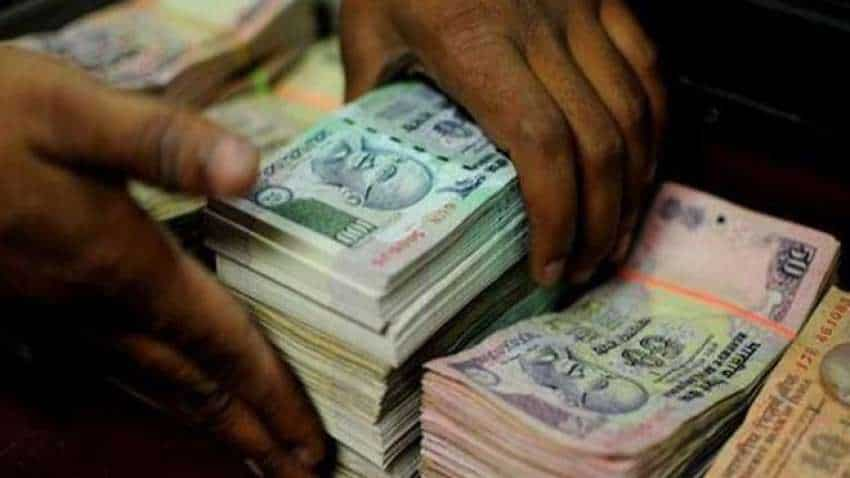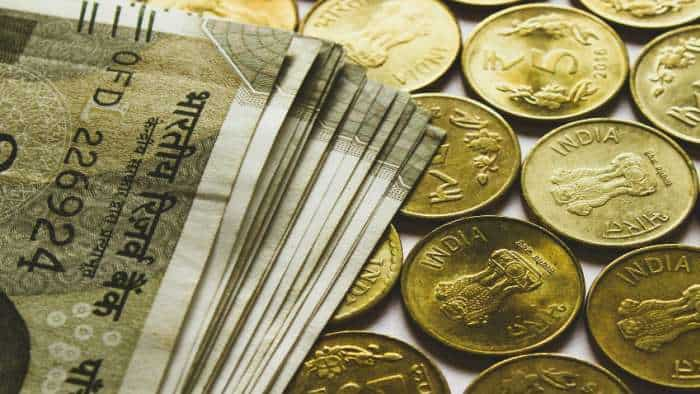Big reveal! India has entered recession for first time; GDP to contract 8.6 pc in Q2, says RBI official
The GDP is likely to contract by 8.6 per cent for the July-September period, which means India will enter into a recession for the first time in history in the first half of this fiscal, an RBI official has revealed. This comes on the back of two successive quarters of negative growth due to the COVID-19 pandemic.

The GDP is likely to contract by 8.6 per cent for the July-September period, which means India will enter into a recession for the first time in history in the first half of this fiscal, an RBI official has revealed. This comes on the back of two successive quarters of negative growth due to the COVID-19 pandemic. Researchers have used the 'nowcasting' method to arrive at the estimates ahead of the official release of data and their views have been published in an article in RBI's monthly bulletin released on Wednesday - they do not constitute the central bank's views.
"India has entered a technical recession in the first half of 2020-21 for the first time in its history with Q2 2020-21 likely to record the second successive quarter of GDP contraction," as per the article titled 'Economic Activity Index', authored by Pankaj Kumar of the Monetary Policy Department.
The Indian economy took a major hit after the country was put under a lockdown in the wake of coronavirus pandemic. It led to steep contraction of 23.9 per cent in the GDP for the April-June quarter as compared to the same period a year ago. The RBI has estimated that the economy will contract by 9.5 per cent for the full fiscal year.
It, however, added that the contraction is "ebbing with gradual normalisation in activities and expected to be short-lived."
The article said despite the raging pandemic, preliminary estimates are showing a jump in household financial savings to 21.4 per cent of GDP for the June quarter, as against 7.9 per cent in the June 2019 quarter and 10 per cent in the immediately preceding March 2020 quarter.
"The sharp increase is counter-seasonal and may be attributed to the COVID 19-led reduction in discretionary expenditure or the associated forced saving and the surge in precautionary saving despite stagnant/reduced income," it said.
The estimated increase in financial savings looks consistent with other macroeconomic statistics, in particular the decline in private final consumption expenditure and the surplus position in the external current account, it said.
The "yawning gap" between credit extended and deposits mobilised during the April-June period contributed to the spike in household financial savings as the financial instruments relating to banks continue to dominate the household financial assets and liabilities, it added.
Get Latest Business News, Stock Market Updates and Videos; Check your tax outgo through Income Tax Calculator and save money through our Personal Finance coverage. Check Business Breaking News Live on Zee Business Twitter and Facebook. Subscribe on YouTube.
RECOMMENDED STORIES

Senior Citizen Latest FD Rates: Know what major banks like SBI, PNB, Canara Bank, HDFC Bank, ICICI Bank are providing on fixed deposits

Gratuity Calculator: Rs 38,000 as last-drawn basic salary, 5 years and 5 months of service; what will be gratuity amount?

Retirement Planning: In how many years your Rs 25K monthly SIP investment will grow to Rs 8.8 cr | See calculations

Top 5 Small Cap Mutual Funds with best SIP returns in 1 year: See how Rs 25,000 monthly investment has grown in each scheme

Top 7 SBI Mutual Funds With Best SIP Returns in 1 Year: Rs 25,000 monthly SIP investment in No.1 fund has jumped to Rs 3,58,404

Top 7 Mid Cap Mutual Funds With up to 41% SIP Returns in 5 Years: No 1 fund has converted Rs 15,000 monthly investment into Rs 23,84,990

SBI 5-Year FD vs MIS: Which can offer higher returns on a Rs 2,00,000 investment over 5 years? See calculations
11:27 AM IST









 RBI cautions public about 'deepfake' video of governor being circulated on social media
RBI cautions public about 'deepfake' video of governor being circulated on social media RBI cancels licence of Vijayawada-based Durga Co-op Urban Bank
RBI cancels licence of Vijayawada-based Durga Co-op Urban Bank  Consumer inflation worsens to 6.21% in October from 5.49% in previous month
Consumer inflation worsens to 6.21% in October from 5.49% in previous month Nearly 98% of Rs 2000 banknotes returned; Rs 6,970 crore worth notes still with public
Nearly 98% of Rs 2000 banknotes returned; Rs 6,970 crore worth notes still with public Fitch affirms IIFL Finance's rating after RBI lifts ban on gold-loan business
Fitch affirms IIFL Finance's rating after RBI lifts ban on gold-loan business